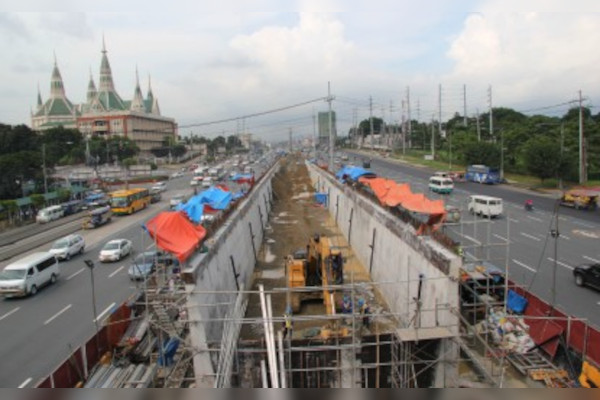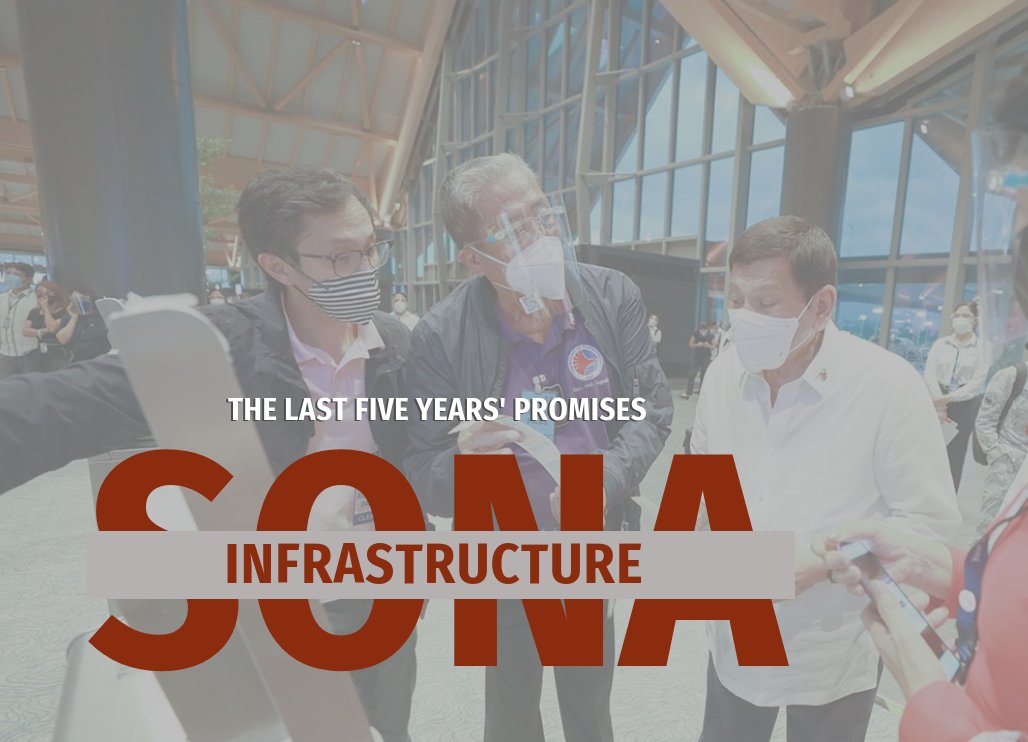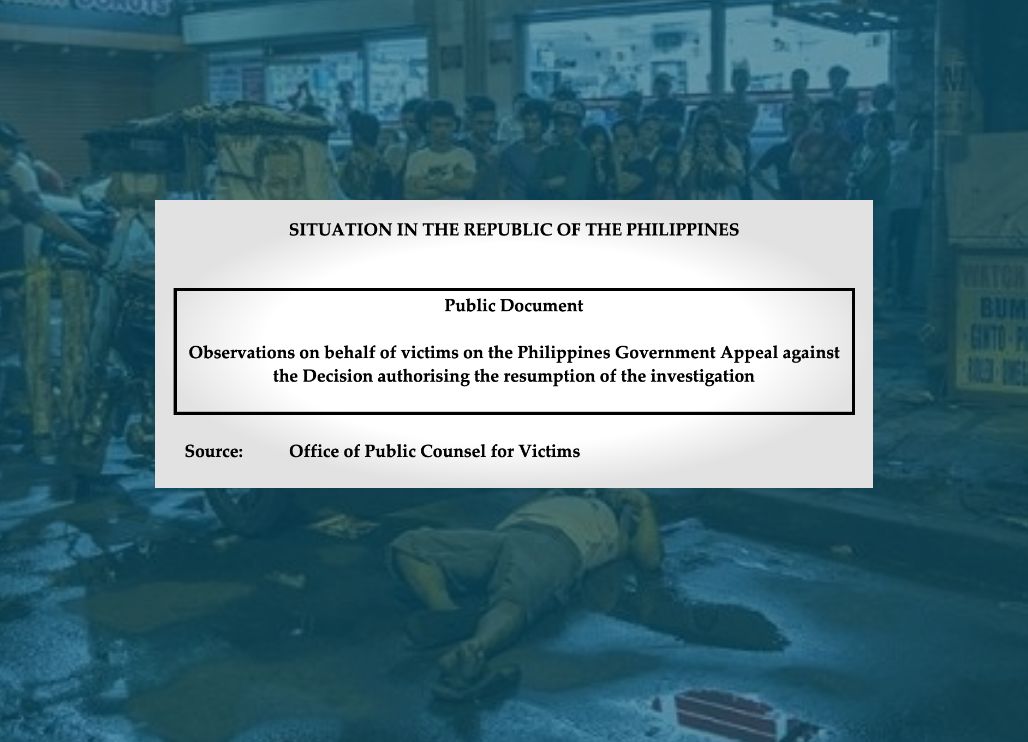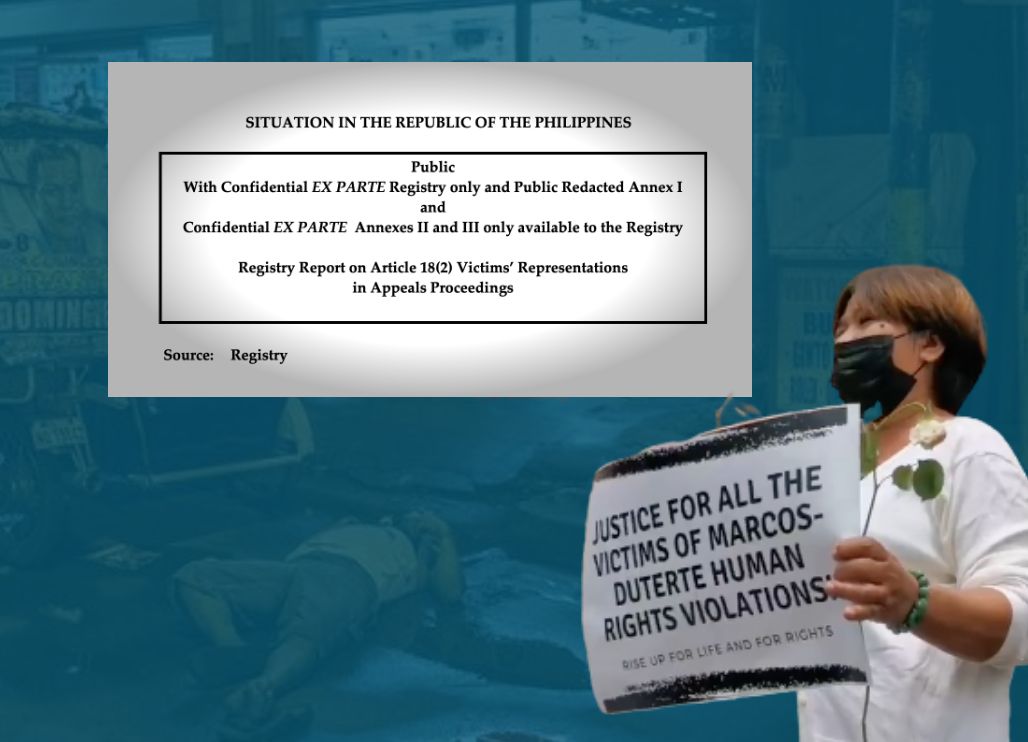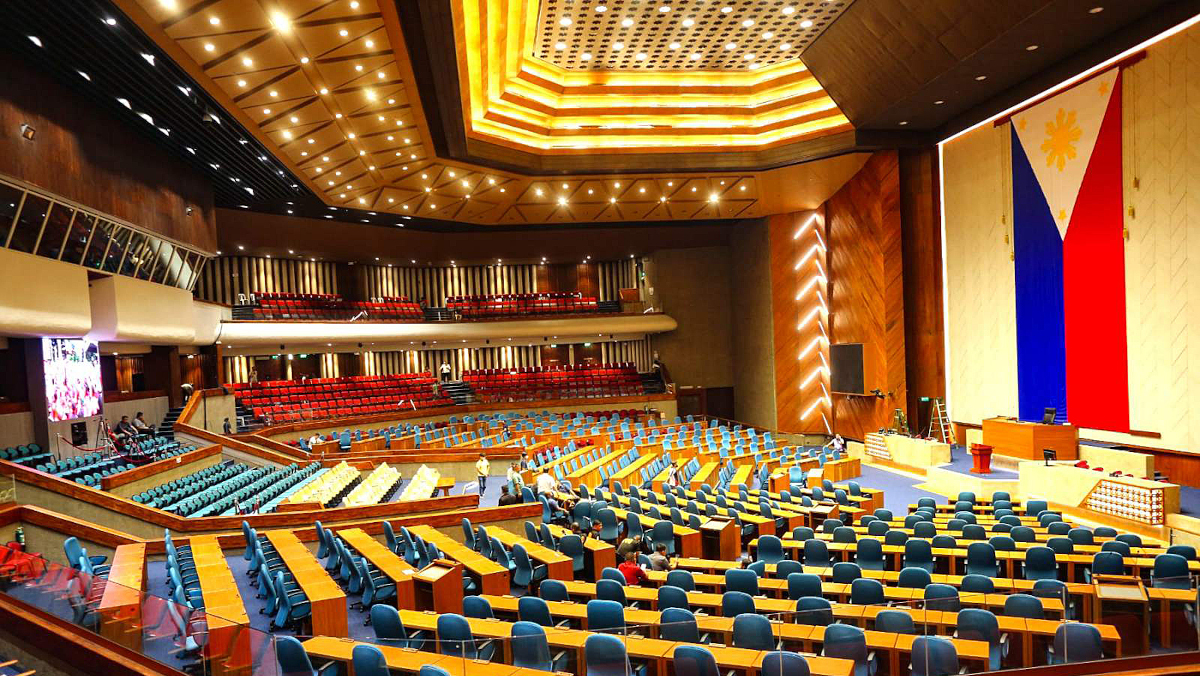President Ferdinand Marcos Jr. promised in his New Year’s Day message to eliminate rules that obstruct the implementation of projects in 2024. This was the same commitment he gave during a roundtable meeting with top executives of Japanese semiconductor, electronics and wiring harness companies in February 2023, although phrased differently.
“We will continue to purge government of rules that slow the delivery of public services because when projects get delayed, progress is denied [to] our people. And this commitment to efficiency and service will extend to documents and licenses because service delayed is also service denied,” he said in a recorded message released on Jan. 1.
“The logistics problems are also one of the areas that we will try to answer, specifically by having the infrastructure that can support the different activities — economic activities — that you are proposing for the future,” he told Japanese executives last year.
Marcos, in his second State of the Nation Address (SONA) in July 2023, also said his administration aspires to build more and build better, adding that “infrastructure will remain a very high priority … as it helps to drive growth and employment.”
The Marcos government wants to leave behind a legacy anchored on a massive infrastructure development program dubbed “Build Better More,” superseding the Duterte administration’s P9-trillion “Build, Build, Build” program.
“When a new year comes, Filipinos have a New Year’s resolution or a promised change in their lives. The New Year’s resolution of your government is to strive to render excellent and honest service in full swing, which is the key to a better life for all of us,” Marcos said.
“We look back to the past year pleased with what we have done. We look forward to the new year with the pledge to build better and more. We have set high hopes for the days ahead, and we know that these can only be achieved with hard work,” he added.
The administration may have made some headway in its ambitious infrastructure program and is now aiming higher. But it’s still the same old tune.
The nonprofit IBON research institution noted in a June 2023 article by Mark Ernest Famatigan that the government “has a repetitive narrative when it comes to infrastructure — that it will ‘revitalize the economy’ and ‘create more jobs’ or that the government is ‘building more for better lives.'”
“These claims about infrastructure projects have been repeated for so long that they seem like obvious benefits, but history shows that this is not always the case,” it added.
In March 2023, the National Economic and Development Authority (NEDA) board chaired by Marcos approved 194 infrastructure flagship projects (IFPs) worth P9 trillion for funding under the BBM program.
The list includes 71 projects carried over from previous administrations, such as the MRT-7 and Bataan-Cavite Interlink Bridge. Of the 123 new projects, some are in various stages of implementation, such as the Cavite-Laguna Expressway and the installation of additional segments to the North Luzon and South Luzon Expressways.
IBON noted that these projects are biased toward transportation infrastructure, with 71 out of the 194 IFPs.
Based on IBON’s tally, 79 of the projects are funded by official development assistance, 45 by public-private partnerships, 66 through the national budget or the General Appropriations Act, and two by hybrid PPPs. The funding sources of two other projects have yet to be determined.
With the country’s outstanding debt ballooning to a record of P14.51 trillion as of the end of November 2023 and is projected to have skyrocketed further to P14.62 trillion by the end of December, how will the Marcos administration deliver on its BBM projects without leaving behind a Philippines sinking deeper and deeper into debt?
Just like the “aspiration” to bring down the price of rice to P20 per kilogram, it seems that Marcos will keep repeating that his administration is near to achieving its goals when the situation on the ground shows it’s not.
With a soaring debt burden and high inflation, how will the Marcos administration live up to its campaign slogan, Sama-sama tayong Babangon Muli, with a BBM acronym?
From Babangon Muli, the Marcos administration has shifted to Bagong Pilipinas as its governance slogan, an adaptation of his father’s 1965 campaign slogan, “This nation can be great again.”
It’s all rhetoric and a rehash of slogans.
The views in this column are those of the author and do not necessarily reflect the views of VERA Files.
This column also appeared in The Manila Times.
